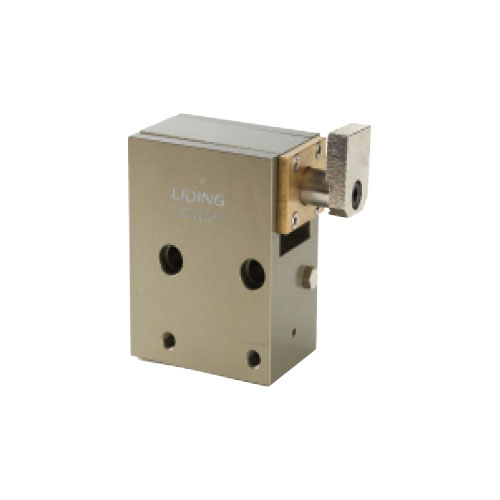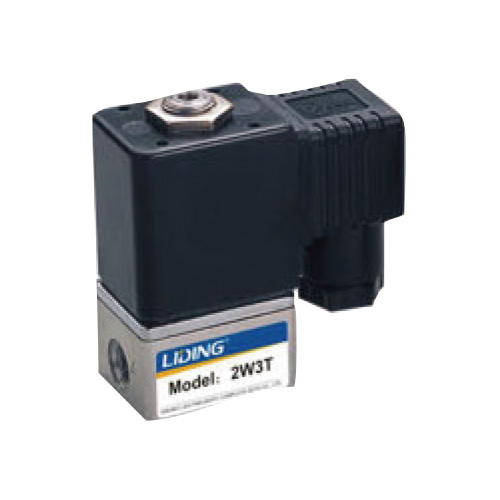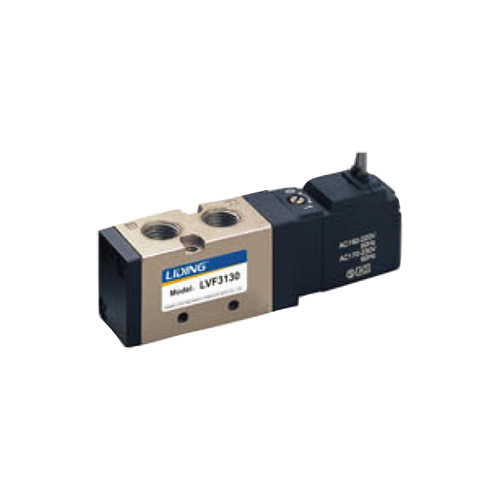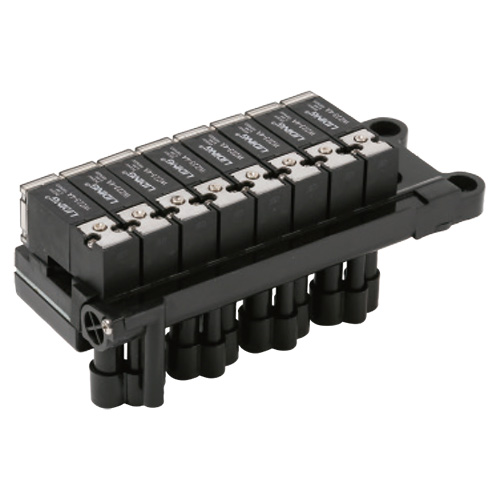What to do if the cylinder is broken
1. The joint surface of the cylinder with large deforma […]
1. The joint surface of the cylinder with large deformation or serious steam leakage should be scraped by grinding the joint surface.
If the deformation of the upper cylinder joint surface is within 0.05mm, the upper cylinder joint surface is the reference surface, and the lower cylinder joint surface is coated with red lead or embossed blue paper, and the lower cylinder is scraped according to the traces. If the deformation of the joint surface of the upper cylinder is large, apply red lead to the upper cylinder, grind out the traces with a large flat ruler, and grind the upper cylinder flat. Or use mechanical processing to level the upper cylinder joint surface, and then scrape the lower cylinder joint surface based on the upper cylinder. There are generally two methods for grinding and scraping the cylinder joint surface:
⑴ It is a bolt that does not tighten the joint surface. Use a jack to slightly push the upper cylinder back and forth, and scrape it according to the coloring of the red lead on the joint surface of the lower cylinder. This method is suitable for high-pressure cylinders with strong structural rigidity.
(2) It is the bolt of the tight joint surface. According to the tightness of the joint surface checked by the feeler gauge, the value and the traces of pressing are measured, and the joint surface is repaired. This method can eliminate the influence of the cylinder vertical arc on the clearance.
2. Use proper cylinder sealing material
Because there is no unified national and industry standard for steam turbine cylinder sealants, the raw materials and formulas are also different, and the product quality is uneven; when choosing steam turbine cylinder sealants, it is necessary to choose a good reputation in the industry and product quality. Guaranteed regular manufacturer to ensure the tightness of the cylinder after overhaul.
3. Method of partial repair welding
As the joint surface of the cylinder is scoured or corroded by steam, the groove marks should be flattened by using a suitable welding rod, and the traces should be polished with a flat plate or a flat ruler, and the weld bead and the joint surface should be in the same plane. When the cylinder joint surface is deformed or the steam leakage is serious, repair one or two 10-20mm wide sealing tapes to eliminate gaps on the joint surface of the lower cylinder, then measure with a flat ruler or buckle the cylinder, and apply red pill to scratch. Until the gap is eliminated. The process of this operation is also very simple, preheat the cylinder to 150°C before welding, and then perform segmented desoldering or skip welding at room temperature. Choose austenitic electrodes, such as A407, A412, and cover with asbestos cloth after welding for heat preservation and slow cooling. After cooling to room temperature, sand and scrape.
4. Coating or spraying of the cylinder joint surface
When there is a large area of steam leakage on the cylinder joint surface, and the gap is about 0.50mm, in order to reduce the workload of grinding and scraping, the coating process can be used. Use the cylinder as the anode and the coating tool as the cathode. Repeatedly apply the electrolytic solution on the joint surface of the cylinder. The thickness of the coating depends on the size of the gap between the joint surface of the cylinder. The type of coating depends on the material of the cylinder and the type of repair. Depending on the process. Spraying is to use a special high-temperature flame spray gun to heat the metal powder to melt or reach a plastic state and spray it on the surface of the treated cylinder to form a coating with the required performance. Its characteristics are simple equipment, convenient operation and firm coating. The temperature of the cylinder after spraying is only 70°C-80°C without deformation of the cylinder, and a heat-resistant, wear-resistant and corrosion-resistant coating can be obtained. Note that the surface of the cylinder must be polished, degreasing, and napped before coating and spraying. After coating and spraying, the coating must be scraped to ensure a tight joint surface.
5. Method of padded bonding surface
If the local gap leakage of the joint surface is not very large, 80-100 mesh copper mesh can be used to reduce the hardness by heat treatment, and then cut into an appropriate shape, spread on the joint surface at the leaking place, and then add a cylinder sealant. If the gap between the joint surfaces is large and the leakage is serious, a groove with a width of 50mm and a depth of 5mm can be opened on the upper and lower joint surfaces, and a toothed gasket of Igr18Ni9Ti is inserted in the middle. The thickness of the toothed gasket is generally about 0.05—0.08mm larger than the depth of the groove, and It can be adjusted with stainless steel gaskets of the same shape.
6. Method of controlling bolt stress
If the deformation of the cylinder joint surface is small and uniform, new bolts can be replaced where there is a gap, or the pre-tightening force of the bolts can be increased appropriately. Tighten the bolts from the middle to both sides at the same time, that is, tighten the bolts from the place where the vertical arc is the largest or where the force and deformation are the largest. Theoretically speaking, the pre-tightening force of the control bolt can be calculated by the formula d/L≤A, but because the calculation data and measurement methods are still under study, they have not reached the promotion, and are mostly within the maximum allowable stress of the bolt based on experience Depends.
7. Polymer material methods adopted in the new era
With the further development of technology, polymer composite materials have gradually achieved successful applications in cylinder maintenance. Compared with traditional methods, polymer composite materials have excellent temperature resistance, good pressure resistance, and better sealing performance, and have good plastic deformation, will not be cured by heat, and the sealing film will not be The sealing surface of the machine parts is sealed by damage, and it is easy to remove. The used sealing surface can be easily wiped off with absolute ethanol or acetone without adhering to the sealing surface; due to its excellent performance, it is gradually affected The favor of more and more cylinder companies.
https://www.nblida.com/product/air-treatment/








